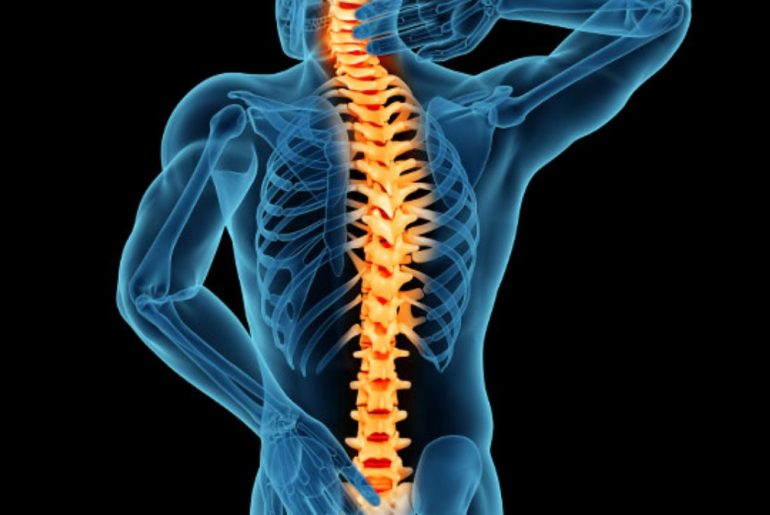Back pain is a pretty typical condition affecting many people worldwide. This may be primarily attributed to feeling tired or signs of getting old. However, back pain may be caused by various conditions affecting your spinal cord or nerves surrounding it. Back pain symptoms may identify conditions such as lumbar spinal stenosis Huntington. Lumbar spinal stenosis, its effects, and possible treatment plans are discussed below.
What is Lumbar Spinal Stenosis?
Lumbar spinal stenosis is characterized by narrowing your spinal canal in areas around your lower back. The spinal canal is a tunnel formed by your vertebrae through which a bundle of nerves called the spinal cord runs. Stenosis that refers to narrowing may result in pressure applied to your spinal cord or the nerves connecting your muscles and spinal cord.
Spinal stenosis may happen in any spine area but is most typical in your lower back area, known as the lumbar area.
Lumbar spinal stenosis is characterized by trouble walking distances or the need to lean forward to relieve pressure on your lower back. Pain and numbness on your legs are familiar with bladder and bowel control getting difficult in advanced stages. Treatment choices are available, although there is no cure.
Causes
The most typical cause of spinal stenosis is osteoarthritis, which enhances wear and tears to your joints over time. By age fifty, many people with osteoarthritis experience changes in their spine, with women having a higher risk of contraction than men.
Other than osteoarthritis, other causes of spinal stenosis include:
· Spinal injury
· Narrow spinal canal
· Certain bone diseases
· Spinal tumor
· Rheumatoid arthritis
· Past surgery on the spine
Signs and Symptoms
When lumbar spinal stenosis happens early, it may not show any symptoms. These symptoms develop slowly over time and may include:
· Sharp pain in your buttocks and down to your legs
· Pain in your back
· Loss of feeling in your feet
· Tingling, numbness, cramping, or weakness in your legs
· Loss of sexual ability
· Foot weakness that may result in your foot slapping down when walking
Your lumbar region’s nerves may be pressured such that they cause severe symptoms called equine cauda syndrome, whose symptoms include:
· Severe or increasing numbness between your inner thighs, legs, and back of your legs
· Loss of bladder or bowel control
· Severe weakness and pain spreading to one or both legs, making it difficult to get out of a chair
Treatment
After comprehensive diagnostic tests to confirm the condition, there are various treatment plans offered to deal with the disease, including:
· Medicines include nonsteroidal anti-inflammatory drugs to relieve pain and swelling and steroid injections for swelling
· Physical therapy involves exercises to strengthen your stomach, leg, and back muscles
· Acupuncture and chiropractic care
· Surgical treatment involves widening the space between vertebrae by removing bone spurs. Some vertebrae may be fused to stabilize your lower back.
Back pain mainly affects people older than fifty. Considering lumbar spinal stenosis affects people of the same age bracket, if you have any underlying arthritic condition, you should visit a physician for a checkup. You can do this via our website or by calling our offices in Huntington, NY.

